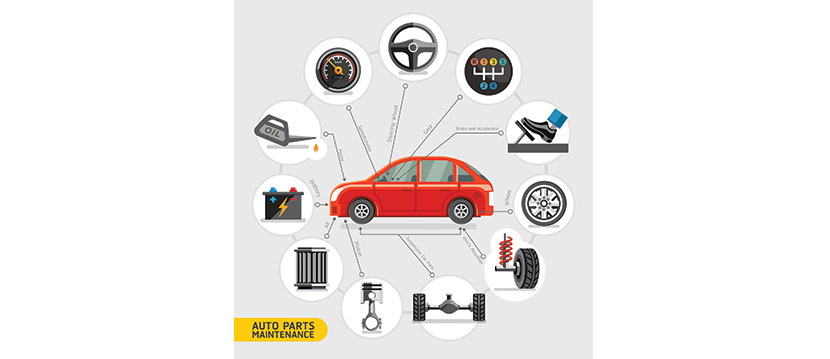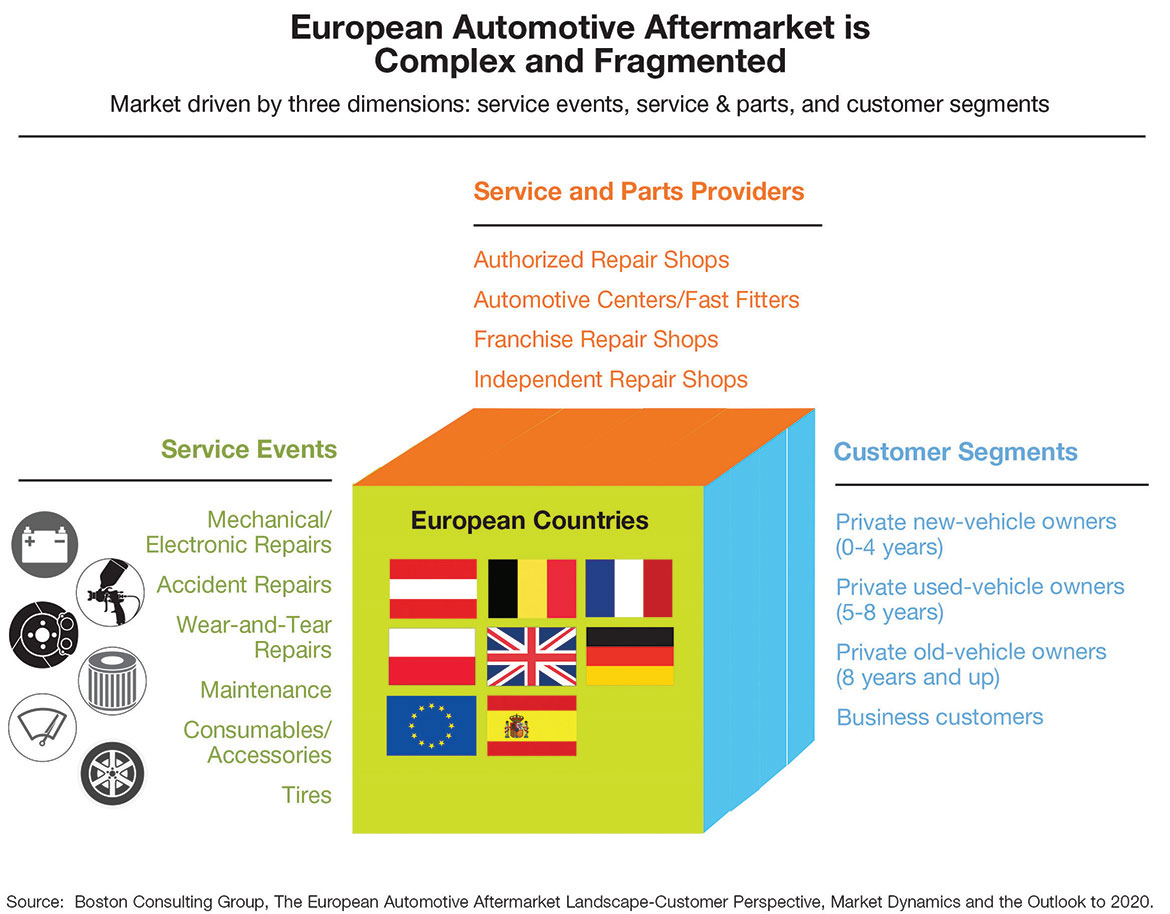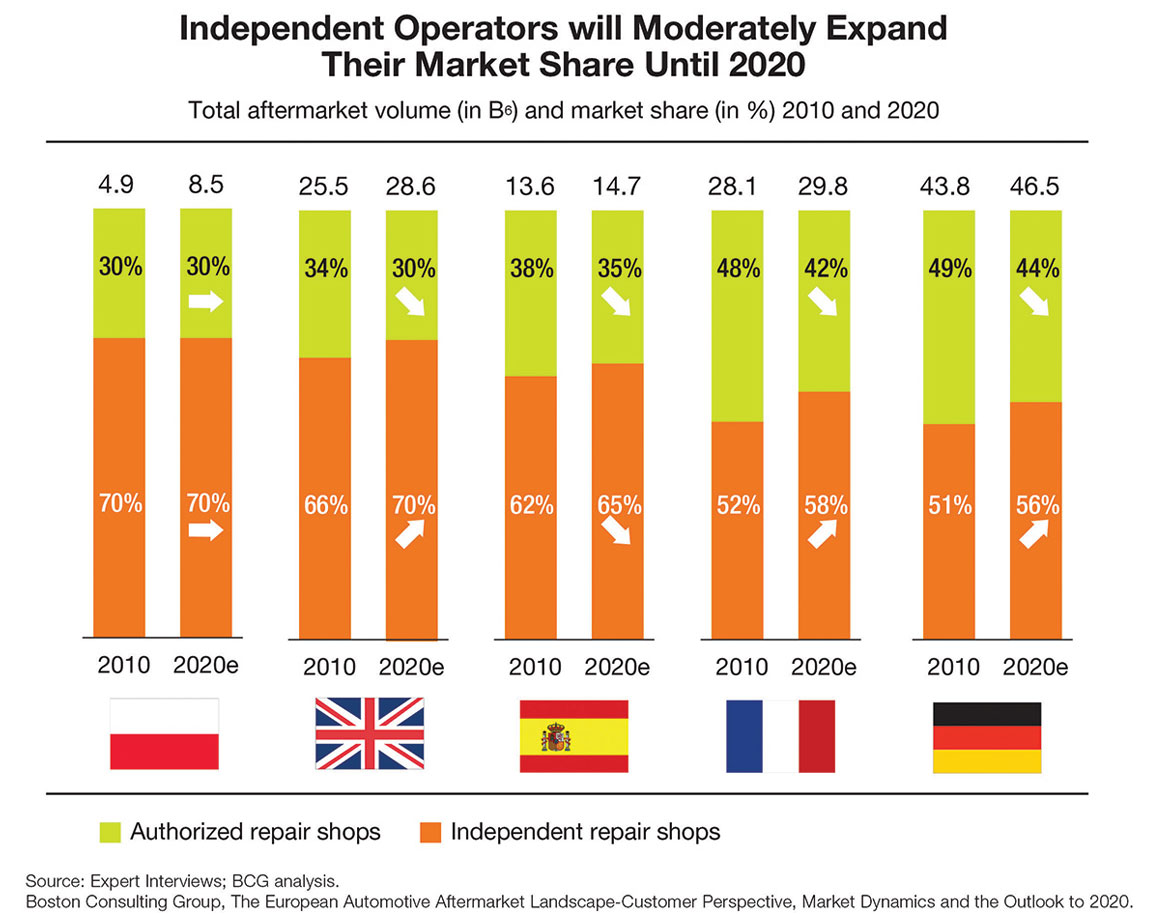The lubricant landscape beyond the OEM warranty phase is a challenge for vehicle owners, and an opportunity for our industry.
A new car is a major investment for the average buyer, and properly protecting that investment takes dedication to regular maintenance. For vehicle owners around the world, the first few years of regular maintenance for a new car are determined by an important guarantee: the OEM warranty.
The warranty is beneficial for both vehicle owners and OEMs. For owners, the warranty covers the cost of any potential issues that may arise during the designated period including mechanical failure or unforeseen costs. For OEMs, warranties enable them to dictate the terms on which those new vehicles are maintained—everything from who can perform the vehicle service (a dealership, authorized dealer networks, for instance) to the use of only approved replacement parts.

Crucially, maintenance under warranty ensures vehicles are filled with the OEM-specified engine oil lubricant—an important component for vehicle upkeep and proper operation. This is especially critical as modern, fuel-efficient engine technology becomes more common—and continues to improve year after year.
Complexity in the Out-of-Warranty Phase In the European passenger car market, new vehicle warranties typically last for up to three years, with some OEMs offering extended warranty periods. When this period expires, vehicles enter the out-of-warranty phase where service is now managed more directly by the vehicle owner rather than dictated by OEM warranty terms.
Without the OEM vehicle warranty in place, regular vehicle maintenance across Europe becomes a much different picture for several reasons. Vehicle owners now have a broader choice of where to service their vehicles. These vehicle owners may continue with maintenance managed by the dealership, or they may seek out lower-priced or more convenient alternatives through independent workshops.

Furthermore, user preferences and independent workshop reliability can vary across Europe, which can compromise the consistency of high performing lubricant selection for the entirety of the vehicle population. Sometimes workshops will simply fill a vehicle with a lubricant that is regularly stocked; other times drivers will choose the lowest price option for their own car. Both of these choices can negatively impact performance, fuel economy and durability of the vehicle since a high performance lubricant is not selected. It is also worth considering that the highest performing lubricant available when a car is new, in fact, may no longer be the best available after the warranty is expired.

Many vehicle owners lack the knowledge and increasingly rely on the independent operator’s expertise to determine which lubricants are best for their vehicles. This knowledge gap can be an opportunity for oil marketers to help vehicle owners navigate their out-of-warranty lubricant options for optimal vehicle performance and to help independent operators identify the best options for their customers.
The Benefits of Higher-Performing Lubricants
No matter what is the age of the vehicle, the selection of higher-performing lubricants is of benefit — overall vehicle performance and protection can depend on it.
In the European market, the ACEA oil sequences provide a framework to understand lubricant selection and ensure a minimum level of protection. ACEA addresses the complexity of the unique needs of gasoline and diesel engines with its A, B and C oil sequences, each sequence with its own characteristics. For example, ACEA C class lubricants help prolong the life of diesel particulate filters, and provide superior protection for the turbocharger and catalyst systems, all while being formulated at lower viscosities to help improve overall vehicle fuel economy and emissions reductions reductions. Collectively, these performance benefits help extend the life of the vehicle and help owners save on operating and maintenance costs.
For vehicle owners no longer protected by an OEM warranty, choosing lubricants like those in the ACEA C class should be a priority. These products can help prevent unforeseen out-of-pocket expenses, and can help extend the life of the vehicle.
Seizing the Opportunity
By clearly emphasizing the advantages of using higher-performing lubricants for out-of-warranty vehicles, it’s an opportunity for oil marketers to offer higher-performing lubricants to the broader vehicle population throughout Europe—throughout the warranty phase and beyond. With breadth and depth of knowledge in additive chemistry, and its close working relationships with all industry stakeholders including OEMs and oil marketers, Lubrizol is able to offer its partners the right solutions for today’s and tomorrow’s engine technology.









